Green Shipping 101: Understanding The Impact And Benefits In 2024
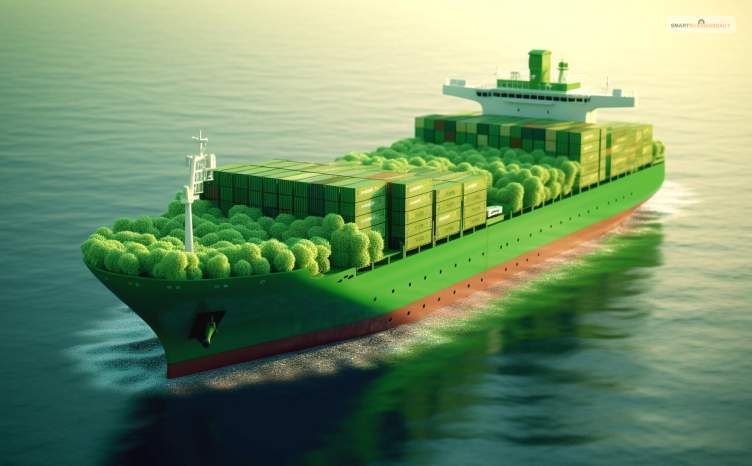
toc impalement
Like any other industry, the sustainability trend influences the maritime sector. While the sector is shifting towards a more successful global trend, sustainability adds value to the process.
The shipping industry consumes over 300 million tons of fuel annually and releases 3% of the world’s total carbon dioxide emissions.
If you observe closely, you can see how the industry is making a huge environmental impact. In addition, the shipping industry is responsible for the overall growth of global trade.
With the rise of sustainability, the shipping industry is also required to address the growing demand for green tank containers and take urgent measures against the increasing rate of carbon footprint.
The IMO has stated green shipping is important for the industry to take such measurements and comply with all kinds of regulations.
In this article, we will explore everything about green shipping and learn how it can be the solution to establishing sustainability while progressing towards better global trade.
What Is Green Shipping?
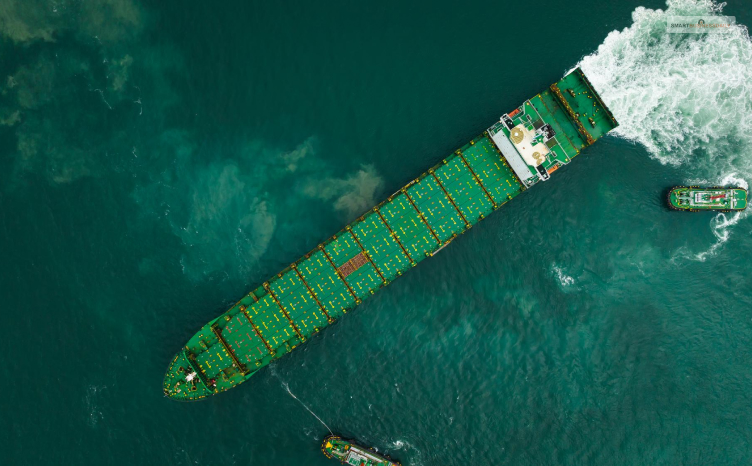
Suppose you are already in the shipping industry. In that case, you must have noticed how the shipping industry is considering all environmental aspects, from building vessels to decommissioning operations, while operating the shipping process.
IMO, or the International Maritime Organization, is helping the industry with meaningful solutions to reduce the impacts of exhaustion and emissions, ballast water, and more. IMO has also aimed to reduce carbon emissions by halving greenhouse gas generation by 2050.
Industry produces a high carbon emission rate and other gases, releasing them into the environment. To reduce such emissions, a green ship can be one of the best solutions for the shipping industry.
“Green ship,” as the name suggests, is the kind of vessel that can make a huge contribution to better improvement in the environment. The green ships adopted technologies to decrease carbon emissions, consume less energy, and increase efficiency.
Green shipping mainly encompasses three strategies that can ultimately contribute to better sustainability.
🌿Reduction of carbon emissions
🌿Minimizing both air and water pollution
🌿Promoting a balance in the ecology.
What Are The Major Components That Can Help In The Green Shipping Route?
There are some of the key areas where you need to focus when you are aiming for a green shipping route:
- Fuels that have zero emissions can include renewable energies for electric vessels.
- Ports with better infrastructure development can help support fuel storage and bunkering.
- Technologically developed ships (mostly automated)
- A properly optimized voyage comprises Just in Time arrivals, optimized ports, and advanced-feature vessels, which add more to the dynamics.
Green Shipping And Green Corridors

While green shipping comprises a sustainable way to manage your shipping, green corridors refer to the route used for zero-emission shipping solutions.
A green corridor needs to include a proper set of rules. Instead, it is designed to improve the ecosystem in every zone, including the economy. These corridors can operate domestically, across continents and multiple ports, or even for the short sea.
If you look closely, you can observe a few technological advancements leading to the decarbonization of the shipping industry. Green shipping and its strategies are helping optimize the busiest routes and supporting the strategy of sustainable shipping.
Actions That Can Be Taken Under The Green Corridor Initiative
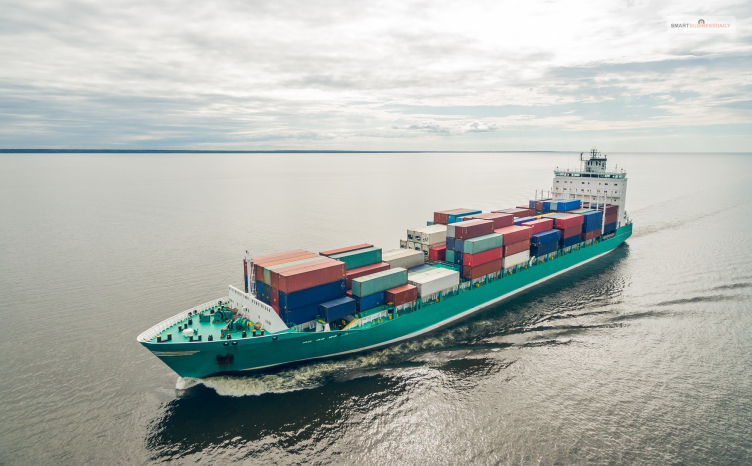
Some different cities and ports have enabled green shipping corridors.
They are currently opting for actions such as:
- Create a special economic zone at sea to support a better ecosystem to help uptake advanced technologies, clear fuel, and more innovative business models.
- For example, to build on one of the successful C40 models, the Zero Emission Areas Program.
- Address the potential environmental impact that can help reduce carbon emissions while improving the air quality.
- Incentivize the cities and ports for better collaboration and develop a partnership between the shipping industry and public-private sectors.
What Are The Building Blocks To Establish A Green Corridor
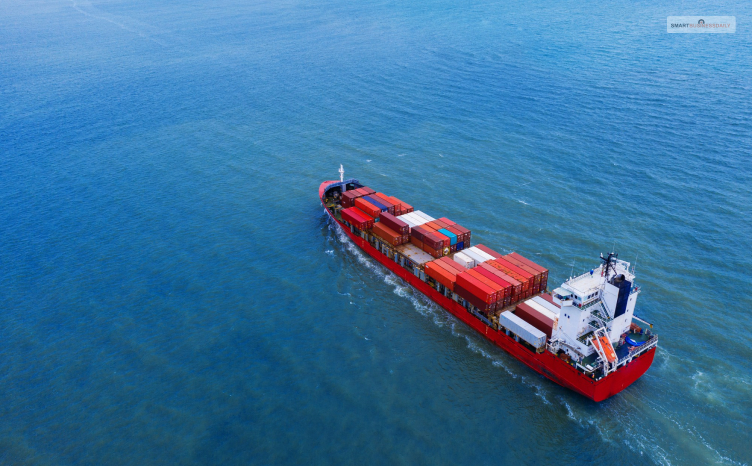
If you are trying to plan for green corridors, you have to consider the needs and abilities of the stakeholders, who are also related to the green corridor.
The Components
Here are the possible components you can include while planning green corridors to make them even more successful. You must remember that you can refer to these components, but they are not limited to them.
- You must identify and summon all relevant stakeholders.
- Define all the scopes, boundaries, and relevant frameworks necessary for the analysis.
- Incorporating a lifecycle emission can help you estimate all the equipment, important materials, and the fueling structure for the development decisions.
- Estimate the baseline emission for all your port/vessel operations. The baseline will help you publicly address all your reduction targets.
- Consider working with the stakeholders who can help you develop the implementation plan. This implementation planning will work more like a pathway to achieve your emission reduction target.
If you plan and build on the process, a few building blocks can help you implement green corridors. It can also assist you in reaching the goal of decarbonization.
The Elements For The Implementation Of A Green Shipping Corridor
When you are implementing the process, you can consider the following elements: It is important to ensure that the factors are not limited.
- Look for alternatives for refueling and recharging the entire infrastructure. This way, you can support zero emissions for your ports and terminals.
- You can look for support vessels and commercial harbor crafts, allowing you to use low to zero carbon emissions for fuels and technologies.
- The ocean-going vessels can help you use low to absolute zero emissions from fuels and technologies.
- If you opt for green shipping, you can use zero-emission fuels, bunkering, and refueling capabilities for the vessels. You can also include electrification and cold ironing to achieve less emissions.
- You can also incorporate energy efficiency while optimizing your operations. This can reduce your overall energy consumption and gas emissions.
The Progress And Success Of Green Shipping

Addressing the climate crisis or seeking environmental justice is never enough if only announcements are made. The ports, carriers, and similar value chain actors must demonstrate progress. They also need to make proper commitments and be accountable for the process.
The local, state, and federal governments can also help by summoning the stakeholders for the green shipping process and planning.
They can enforce regulations and craft new policies by working with the help of stakeholders. That can support the entire development of the green corridor.
However, you must ensure that all the stakeholders maintain transparency and share information for corridor development. This can add more value to green shipping.
Another major factor to consider is handling and managing data. Sharing the data and all the metrics can help ensure better decision-making. Stakeholders can also use the data to calculate the lifecycle emission assessment and analyze tools and techniques.
Lastly, it is worth mentioning that green shipping and developing a green shipping corridor is not all about maintaining transparency. It goes beyond the roles and their effort.
Implementation Of Green Corridors
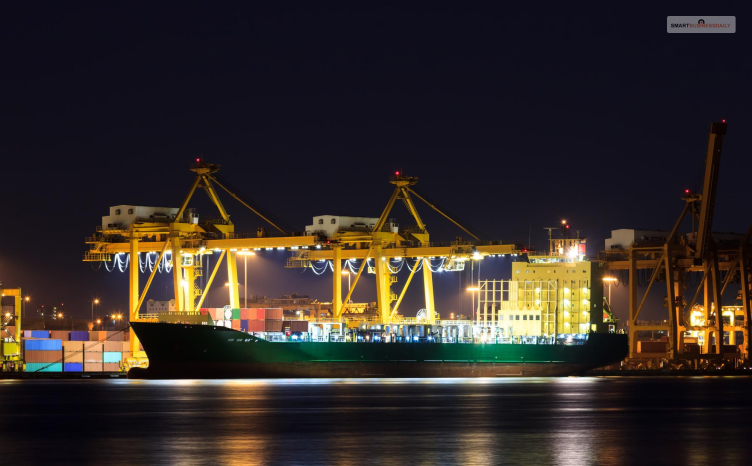
The shipping companies aim to achieve zero emissions for maritime transportation in the upcoming years. However, achieving such goals requires research, better development, demonstration, and deployment. Moreover, they must adopt fuels and technologies to rapidly accelerate green corridor development.
Green shipping corridors also have the potential to accelerate the early adoption phase. To this end, they would be required to strive for better energy reductions to extend the strategy beyond the business scenario.
Developing green shipping corridors cannot achieve sustainability and less carbon emission overnight. It is a journey where you must be consistent with your strategies. Your step-by-step journey will decide how fast you can establish decarbonization in the shipping industry.
So, always ensure you collaborate effectively with the stakeholders and choose the right strategy. Align the strategies with the low—to zero-carbon emission initiatives to make it happen.
The Future Of Green Shipping
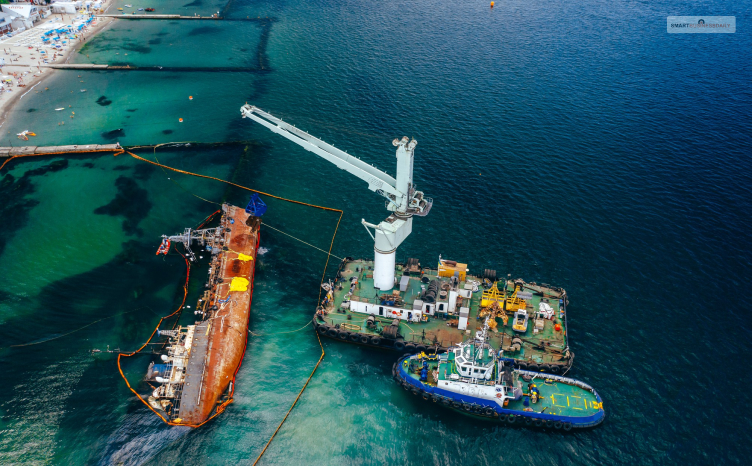
Green shipping and corridors are key in influencing the shipping industry to shift towards sustainability. This includes the early adoption of zero-carbon emissions for fuels and advanced technologies such as automation.
If the industry adopts such a pathway, it can adopt the zero-emission commitment before 2050.
Developed countries like the United States are also considering this green shipping initiative and fostering the movement to establish green shipping. They are also calling on other countries to join it, adding more value to the value chain across the world.
Recently, the shipping world has started to operate automated vessels. The company KONGSBERG also started its zero-emission container vessel in 2022, which can potentially remove 40,000 diesel-powered trucks every year.
The green corridors and shipping will help reduce air and water pollution, creating a sustainable path towards the future.
That day is not very far from when value chain actors worldwide will participate in it and implement green shipping and shipping corridors.
Together, they will establish a clean future for shipping and maritime transportation.
Bottomline
Green shipping represents a strategic shift towards a sustainable maritime industry. It cannot only help reduce emissions or mitigate environmental impacts but also help create optimized maritime transportation.
The pathway will include technological advancement and operational improvements for green shipping and innovation.
Green shipping is crucial and can help streamline transportation operations while increasing energy efficiency and using different energy sources.
Read Also:









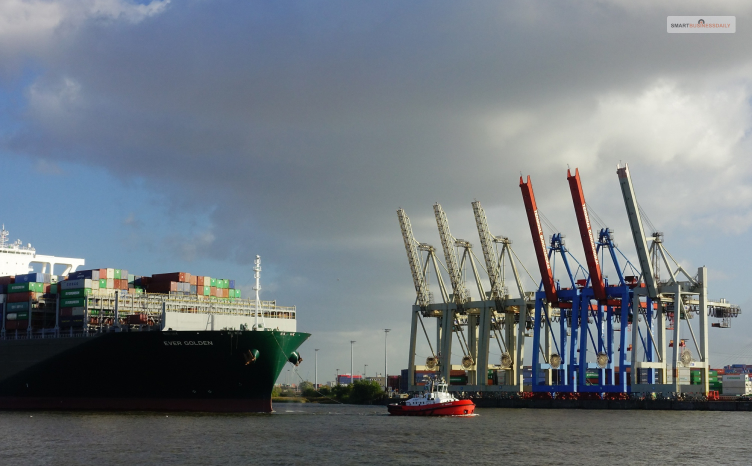







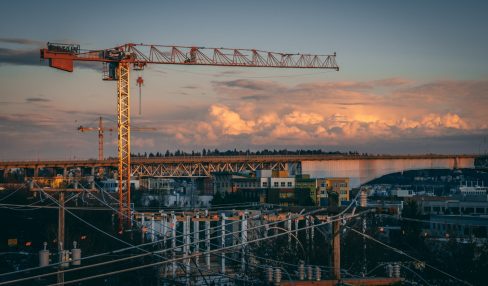

1 comment
Misael Casper June 5, 2024 at 10:33 am
Hello my loved one! I want to say that this post is amazing, great written and include almost all significant infos. I would like to look extra posts like this.